In the context of the information age, the pursuit of high-quality audio experiences has become a universal demand. However, noise interference acts as a stumbling block in the road to improving audio quality, requiring effective solutions. As a result, noise suppression technology in digital audio processors has emerged, with Active Noise Suppression (ANS) and Artificial Intelligence (AI) Noise Reduction technology as the two core technologies, leading the new wave in the audio processing field.
In recent years, Chinese-made digital audio processors have made significant breakthroughs in the field of noise suppression technology. These devices not only absorb the essence of international advanced technologies but also showcase unique advantages in localized applications. Through continuous technological innovation and market expansion, domestic digital audio processors are gradually breaking the monopoly of international brands and becoming an important force in the market.
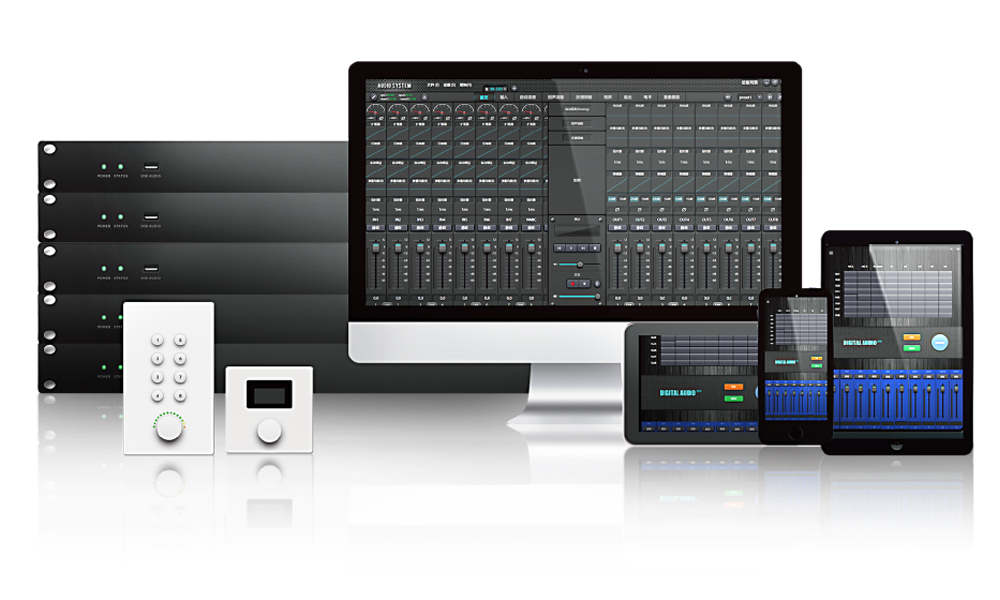
ANS technology, or Active Noise Suppression, is one of the key technologies in Chinese-made digital audio processors. It is based on the Adaptive Noise Cancellation algorithm, which uses the principle of sound wave interference. External sound signals are collected and processed through filters to accurately identify noise waves and generate sound waves with opposite phases and equal amplitudes to cancel out the noise.
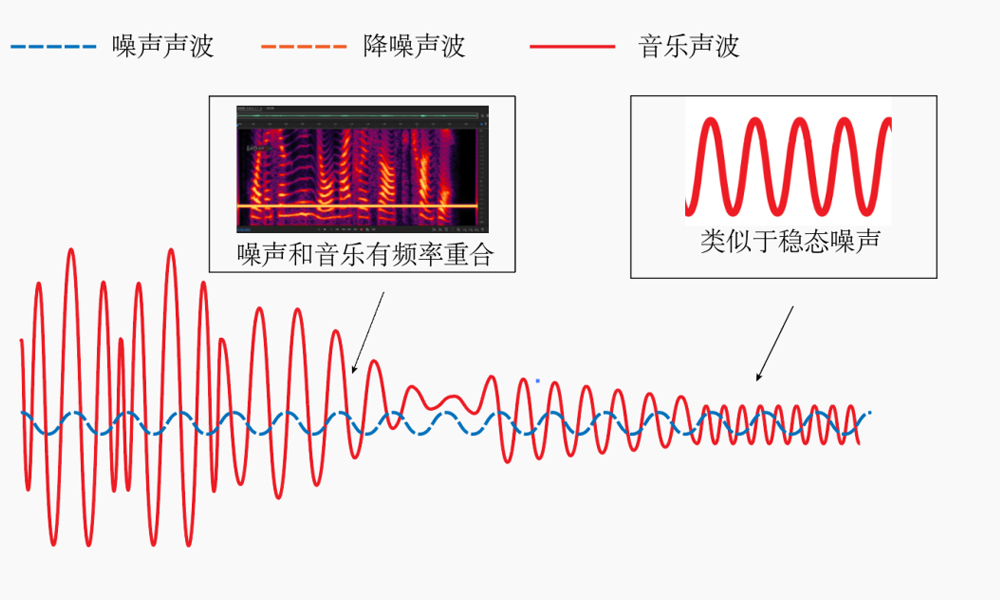
However, ANS technology relies on relatively simple methods to distinguish between human voices and noise, making it suitable for environments with fixed noise sources and stable sound fields. In certain situations, it may mistakenly process valid sound sources, affecting sound quality, especially in environments with diverse noise sources and complex sound fields.
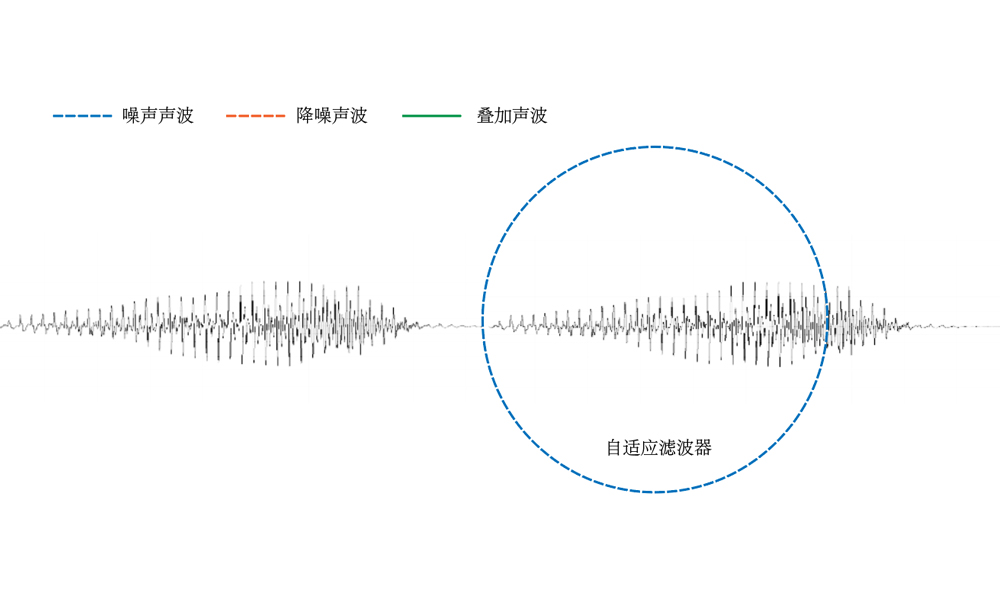
Compared to ANS technology, AI noise reduction technology exhibits stronger noise suppression capabilities and higher levels of intelligence. Based on the CASA (Computational Auditory Scene Analysis) source separation technology, it mimics the human auditory signal processing process and enables intelligent separation of human voices and noise from complex mixed sound sources. Through extensive learning and training, AI noise reduction technology can accurately identify various noise features and dynamically adjust processing strategies, eliminating noise while retaining the clarity and fidelity of the human voice. This technology is particularly suitable for environments with diverse noise sources and complex sound fields, such as online meetings, video calls, and high-quality recorded classes.
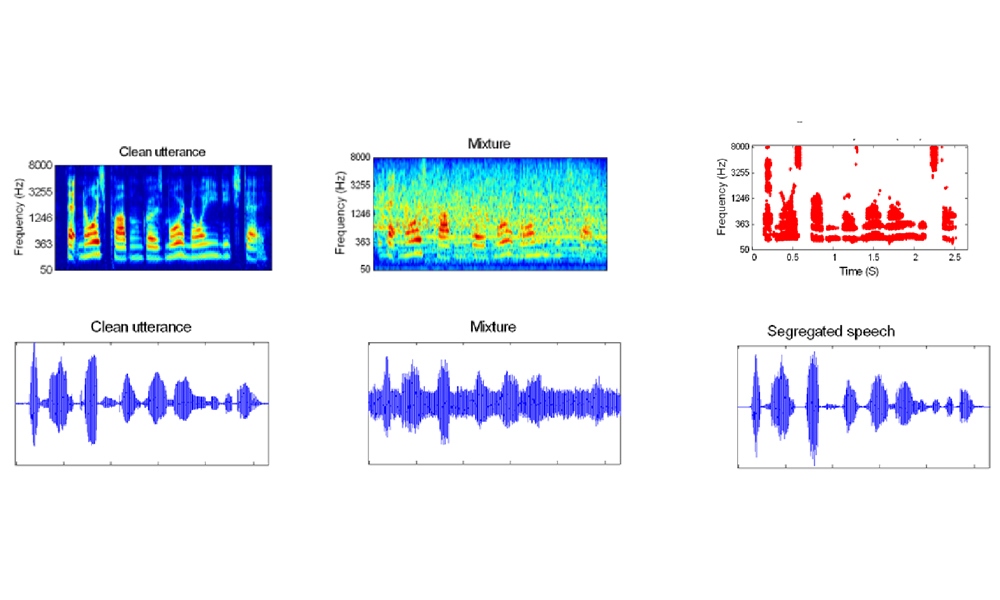
With continuous technological advancement, Chinese-made digital audio processors have achieved significant breakthroughs in noise suppression technology. ANS technology shines in specific scenarios with its robustness, while the introduction of AI noise reduction technology further enhances the adaptability and intelligence of devices in complex sound field environments. The two technologies complement each other, driving Chinese-made digital audio processors to new heights.
Next, we will continue to explore a deep comparison of ANS and AI noise reduction technologies, analyzing their advantages and challenges in different application scenarios.
In the previous chapter, we discussed the basic principles of Active Noise Suppression (ANS) and AI noise reduction technologies in detail, laying a solid foundation for this chapter's deep comparison. Now, we will delve into the deep comparison of ANS and AI noise reduction technologies and their performance in real-world applications.
We know that both ANS and AI noise reduction technologies have their own characteristics, making them suitable for different application scenarios. ANS technology is known for its robustness and applicability, especially in scenarios where the noise type is simple and the sound field environment is stable. In contrast, AI noise reduction technology is renowned for its high adaptability and flexibility, making it widely used in complex sound field environments.
From a principle perspective, ANS technology relies on preset logic and filter processing, while AI noise reduction technology uses deep learning and wide learning techniques to intelligently analyze and process audio signals. In terms of performance, AI noise reduction technology exhibits superior noise suppression capabilities and sound quality retention, accurately identifying and processing various noise features to ensure the audio quality remains unaffected.
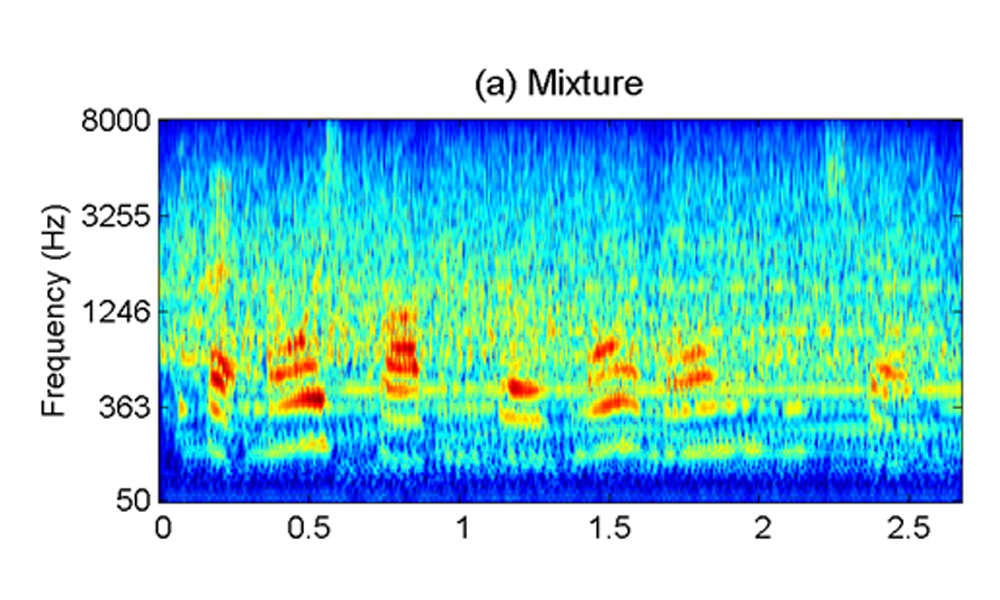
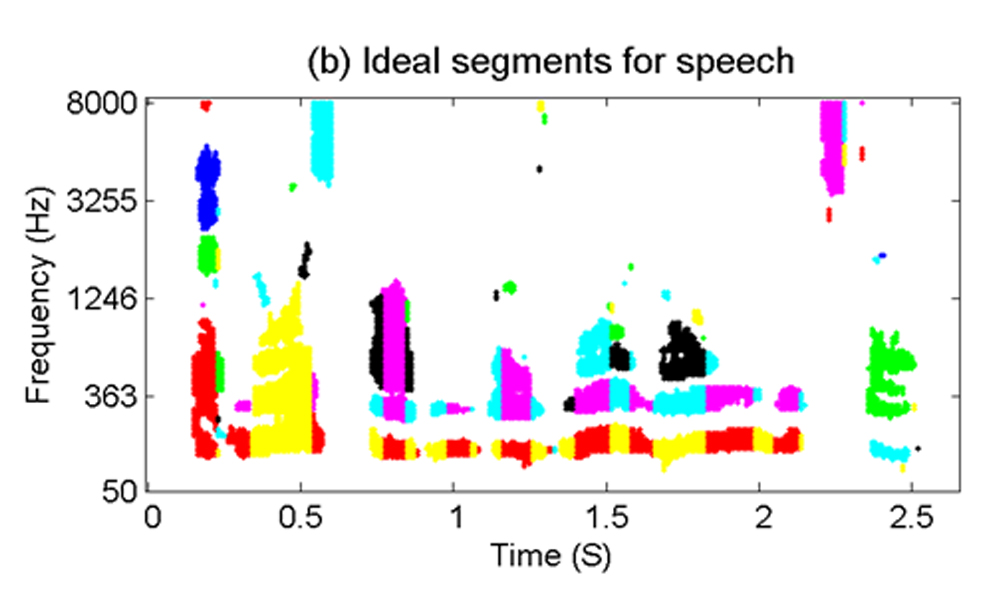
In practical applications, both ANS and AI noise reduction technologies face challenges such as improving noise suppression accuracy and efficiency, as well as reducing algorithm complexity and computational costs. With ongoing advancements in technology and the expansion of application scenarios, future digital audio processors will have even more powerful noise suppression capabilities, offering users better and more efficient audio experiences.
Looking to the future, Chinese-made digital audio processors will continue to focus on developing noise suppression technology, constantly innovating and improving. Through enhanced R&D, optimized production processes, and expanded application scenarios, domestic digital audio processors will further improve their market competitiveness and influence. Meanwhile, with the continued rise of domestic manufacturing and the expansion of global markets, Chinese-made digital audio processors will have broader development prospects.
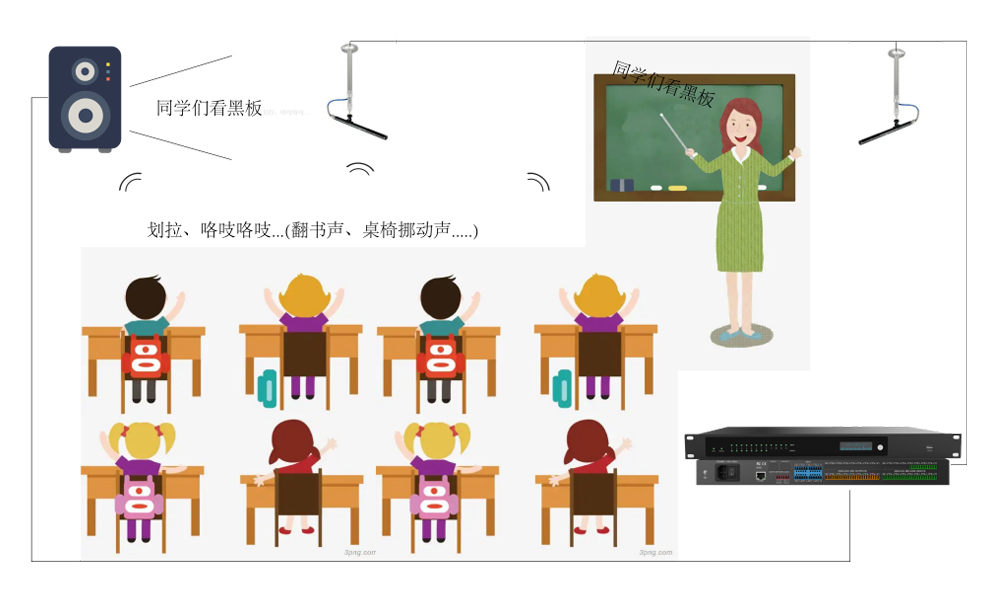
(AI Precision Noise Reduction in Educational Scenarios)
In summary, ANS and AI noise reduction technologies are both driving improvements in audio quality and the elimination of noise interference. Chinese-made digital audio processors, as the carriers and promoters of these technologies, are gradually becoming a significant force in the market. We have reason to believe that, in future development, Chinese-made digital audio processors will continue to break new ground, delivering even more outstanding audio experiences to users.